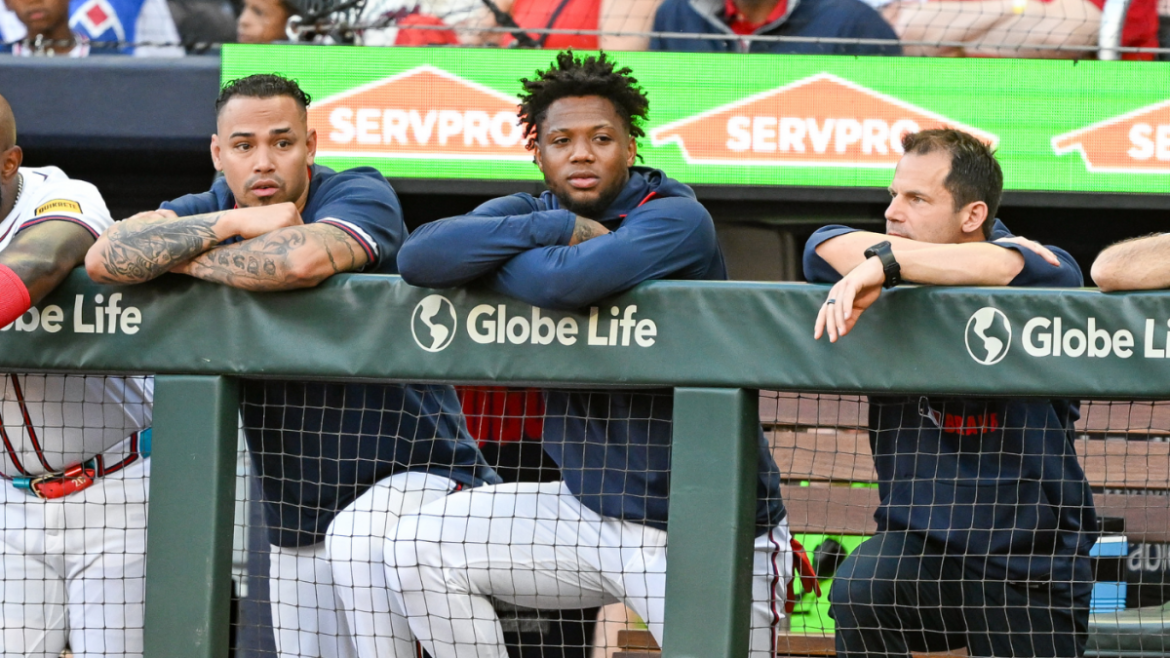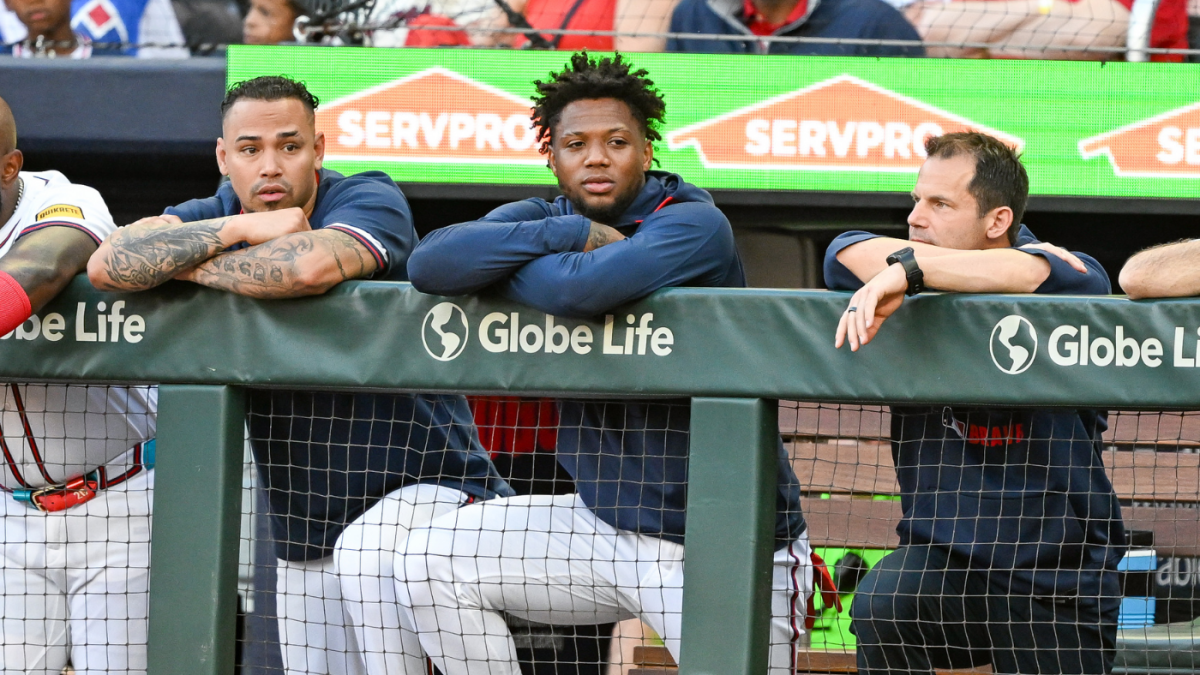Ronald Acuña Jr.’s impending return from ACL surgery signifies a pivotal moment for both the Atlanta Braves and Major League Baseball enthusiasts eager to witness the resurgence of one of the sport’s most electrifying talents. After a grueling rehabilitation period following a complete tear of his left anterior cruciate ligament sustained on May 26, 2024, Acuña is poised to rejoin the Braves’ lineup, promising to amplify the team’s competitive momentum as the 2025 season unfolds.
The Injury and Rehabilitation Journey
Acuña’s ACL injury in May 2024 marked a significant setback for the reigning National League MVP, who had already overcome a similar severe knee injury earlier in his career. The surgery, performed on June 6, 2024, initiated a comprehensive rehabilitation regime designed not only to restore full mobility and strength but also to mitigate the risks commonly associated with second ACL injuries.
Firmly embedded in this plan was a cautious yet progressive timeline. Initial treatment involved surgical repair followed by physical therapy emphasizing gradual strengthening and flexibility improvement. Acuña’s reported status in early 2025 indicated a 90-95% recovery, suggesting his knee function had nearly returned to pre-injury levels. The team and medical staff advocated a prudent approach this time, aiming for a sustainable long-term comeback rather than a hurried return.
Anticipated Impacts on Braves’ Performance
The Braves’ announcement of Acuña’s imminent return—scheduled for a home game against the Padres on a Friday night—has ignited optimism within the club and fanbase alike. His presence is expected to substantially enhance the Braves’ offensive and defensive capabilities. In the prior season, Acuña’s absence was deeply felt; his dynamic speed, power hitting, and instinctive outfield defense remain a vital component of the team’s identity and strategic execution.
Statistics from the shortened 2024 season, where Acuña played only 49 games, reflected a decline in production (.250 batting average, four home runs, 15 RBIs, OPS of .716) primarily due to his injury struggles. A full return to form could restore balance to the Braves’ lineup, distributing pressure more evenly among hitters and bolstering run production. Furthermore, his leadership and competitive intensity have intangible benefits that may reinvigorate team morale and cohesion.
Acuña’s Mindset and Future Outlook
Integral to the narrative of his recovery is Acuña’s steadfast determination to not only return but to come back stronger. His public commitments to “attack surgery rehab” with amplified intensity—metaphorically pledging to boost his effort from “500 percent to 1,000 percent”—underscore a mental resilience that transcends physical healing. Such resolve often correlates with enhanced rehabilitation outcomes and sustained performance longevity.
Given this is Acuña’s second ACL reconstruction within approximately three years, questions about his future durability and potential adjustments in playing style have arisen. Notably, discussions around managing his base-stealing approach, a vital element of his game but one that might risk re-injury, suggest a nuanced evolution: balancing aggression with strategic caution. His acknowledged plan to be more selective on the bases may facilitate extended career durability without significantly compromising his impact.
Broader Context: The Braves and ACL Injuries in Baseball
Acuña’s injury and recovery occur within the broader context of modern baseball where ACL injuries, while challenging, are no longer career-ending due to advances in surgical and rehabilitative practices. The Braves’ medical and training staff appear to be applying state-of-the-art methods and cautious timelines, reflecting a league-wide trend toward prioritizing player health and gradual reintegration.
For the Braves organization, Acuña’s return is more than a physical boost; it reflects a successful management of a key asset through adversity, demonstrating organizational depth in medical expertise and player support. It also highlights the importance of patience and strategic planning in managing elite athletes’ workloads after major injuries.
Conclusion: A Beacon of Hope and Competitive Fire
Ronald Acuña Jr.’s forthcoming return to the Atlanta Braves after ACL surgery is more than a mere roster update—it embodies resilience, strategic foresight, and revitalized hope. His recovery narrative blends inspiring determination with pragmatic caution, poised to make a profound impact on the Braves’ 2025 campaign. As the team rekindles its surging momentum, Acuña’s presence is set to not only enhance performance metrics but also rekindle the intangible spirit of excellence characteristic of championship aspirations. The baseball world watches with bated breath, anticipating the reemergence of a superstar invigorated, refined, and ready to dazzle once again.





